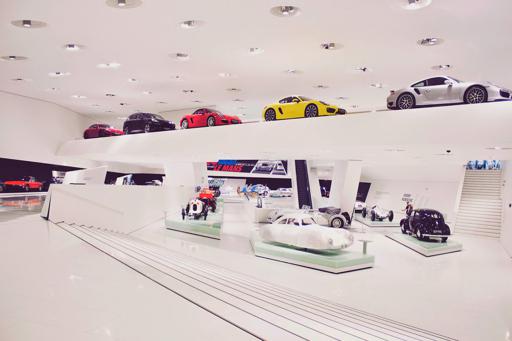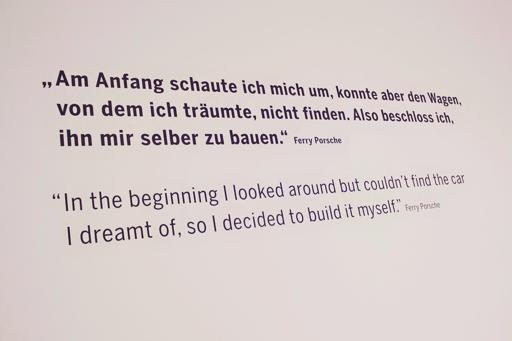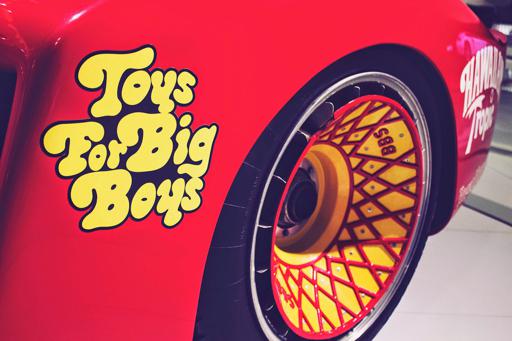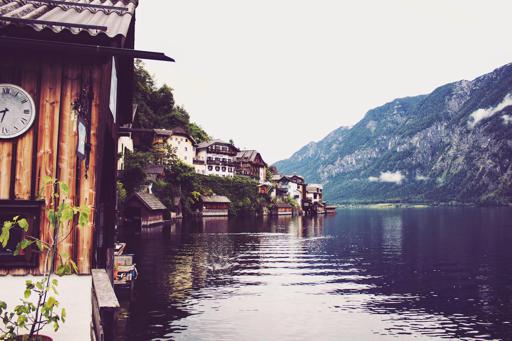Porsches and a setting that sells them
With the Belgian ‘Summer’ ending, we are exploring South Eastern Europe. This trip will take us through Germany, Austria, Slovenia and Croatia.
On Saturday, we stopped in Stuttgart to complete our list of visits to the three most popular European sports car museums, after visiting Lamborghini and Ferrari two years ago: the Porsche museum. In my teens, my affinity to fast cars was ignited by spending rainy afternoons at one of my best friends’s, attempting to crush each other’s track records playing Need For Speed Porsche Unleashed. The brand has succeeded in making its way into my subconscious early on. It would still be a Porsche I’d buy today, if I would have too much money to spend.
In the meanwhile, my interest for fast cars has tempered, making place for a more general interest in the combination of good design and raw engineering. There was certainly a place for this at the Porsche museum. The architecture sets high expectations. Every detail in the building met Porsche’s standards; from the toilet pictograms to the elevator interior.
Unfortunately, like in most car museums, they fail to really capture the driving experience. Not once did I hear the trademark roar of a Porsche engine, which I learned to love playing video games.
Leaving Stuttgart behind us, we set out for Bled, Slovenia. This took us through Austria, where we diverged far from the optimal route to visit Hallstatt. This small village, famous around the world, even coined as one of the most beautiful places on earth, is hidden deep into the inhospitable landscape of Austria. Being so out-of-the-way might just be what has made it possible to preserve the charm of this little place.
Getting back into the car, it started raining, and it didn’t stop until we crossed the Slovenian border. The type of rain that gives you that claustrophobic car wash feeling. We arrived in Bled well after dark, and went to bed curious of what our surroundings would look like in the morning sun.




